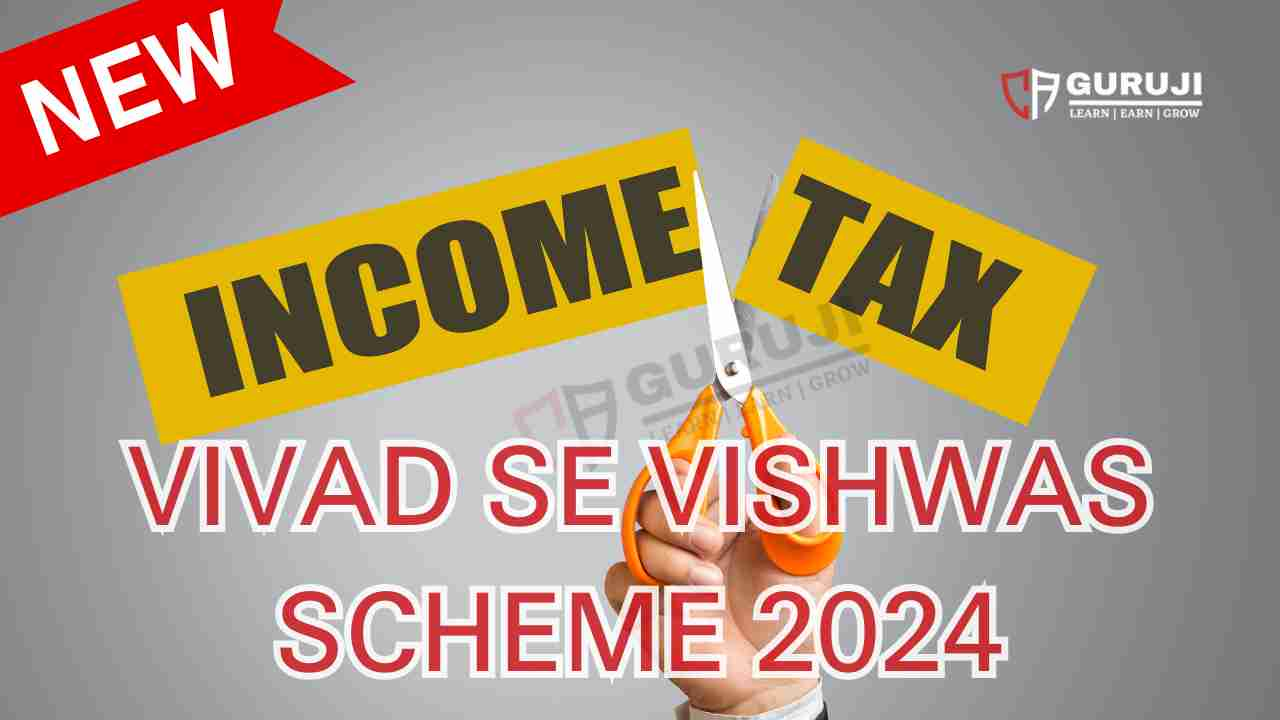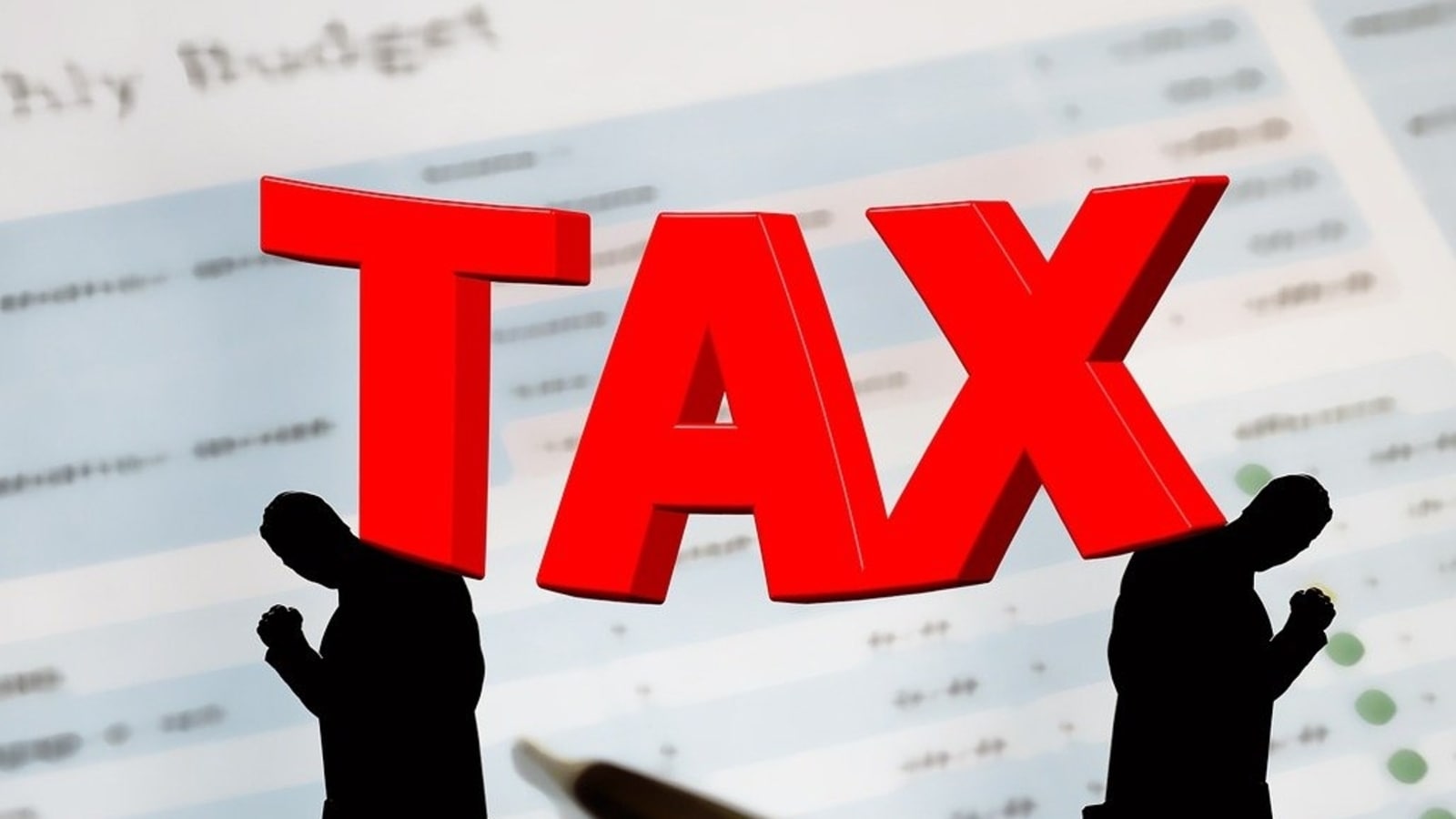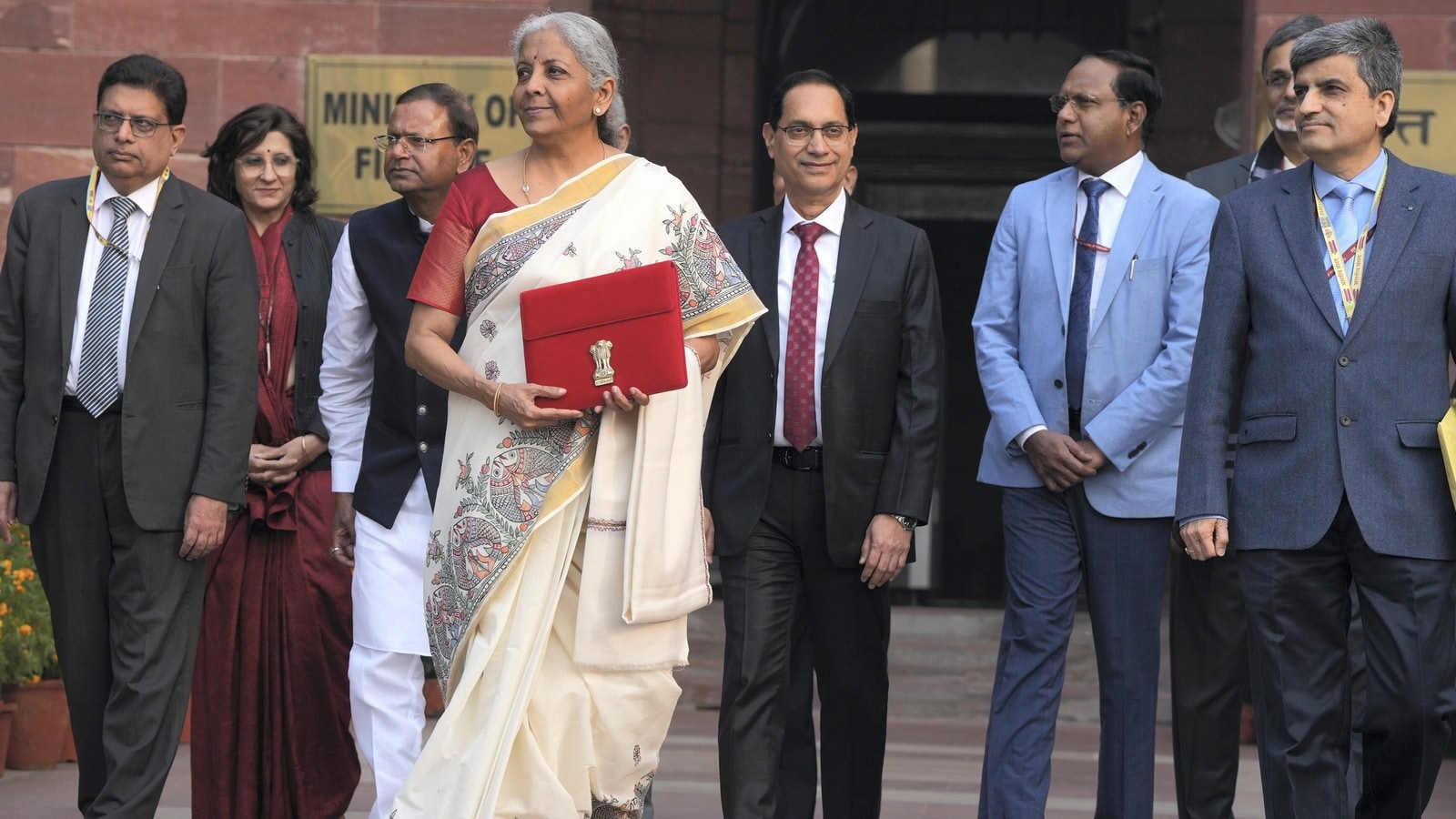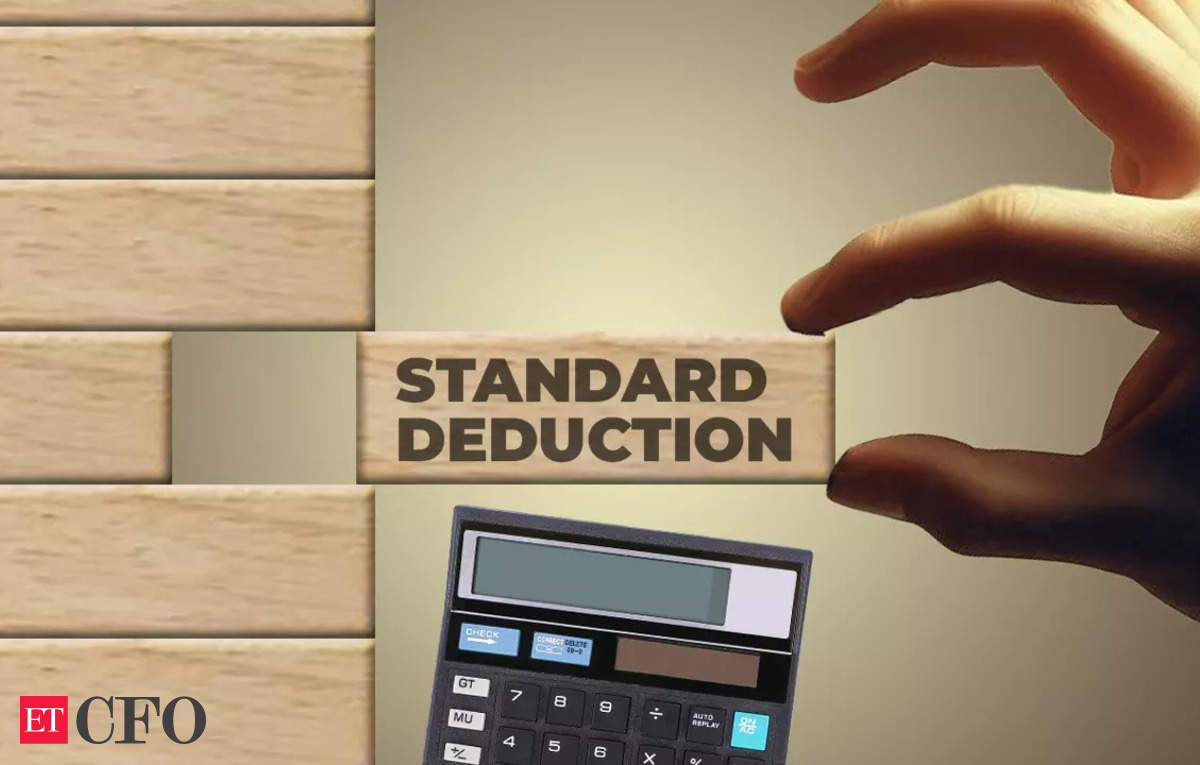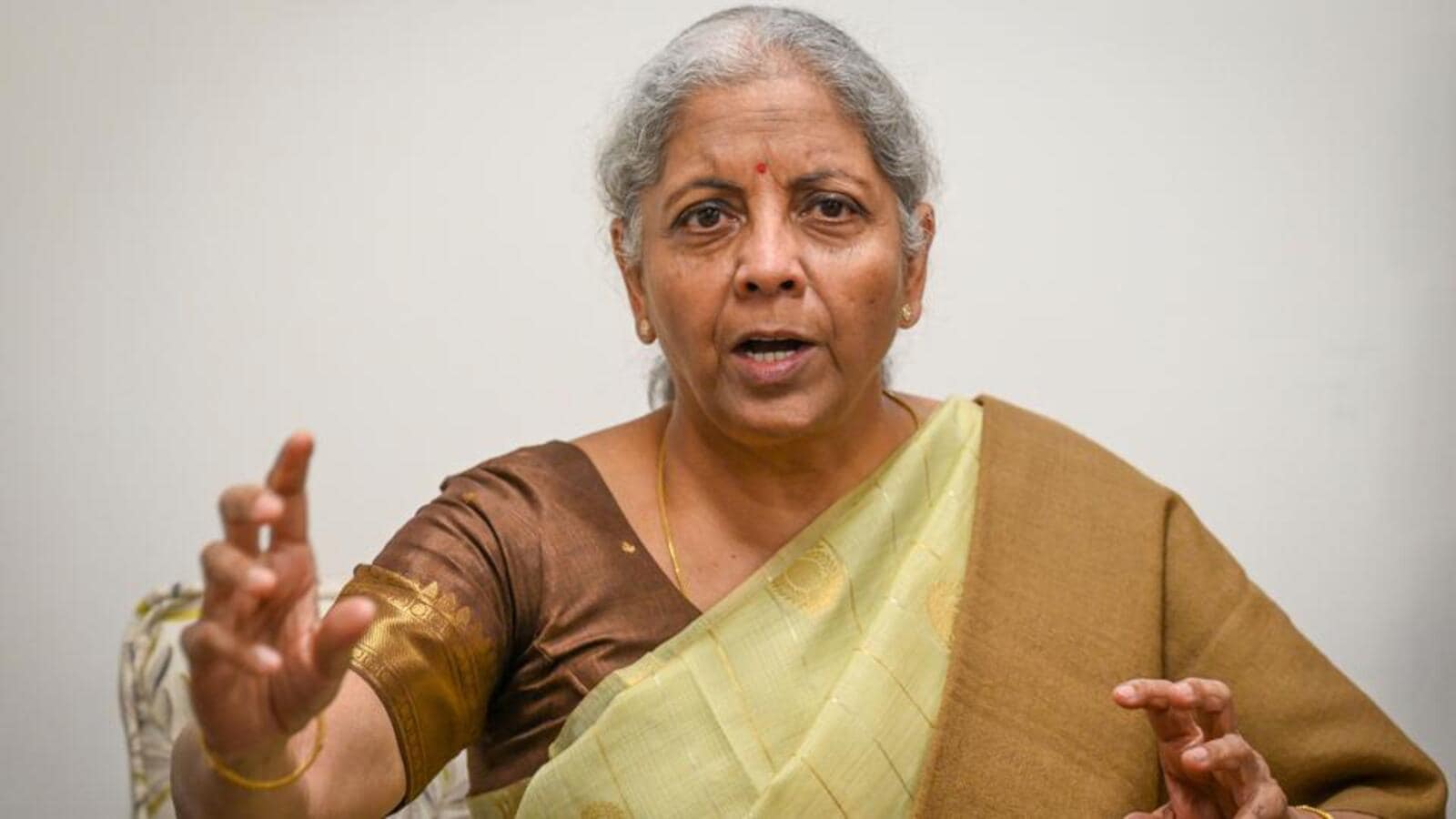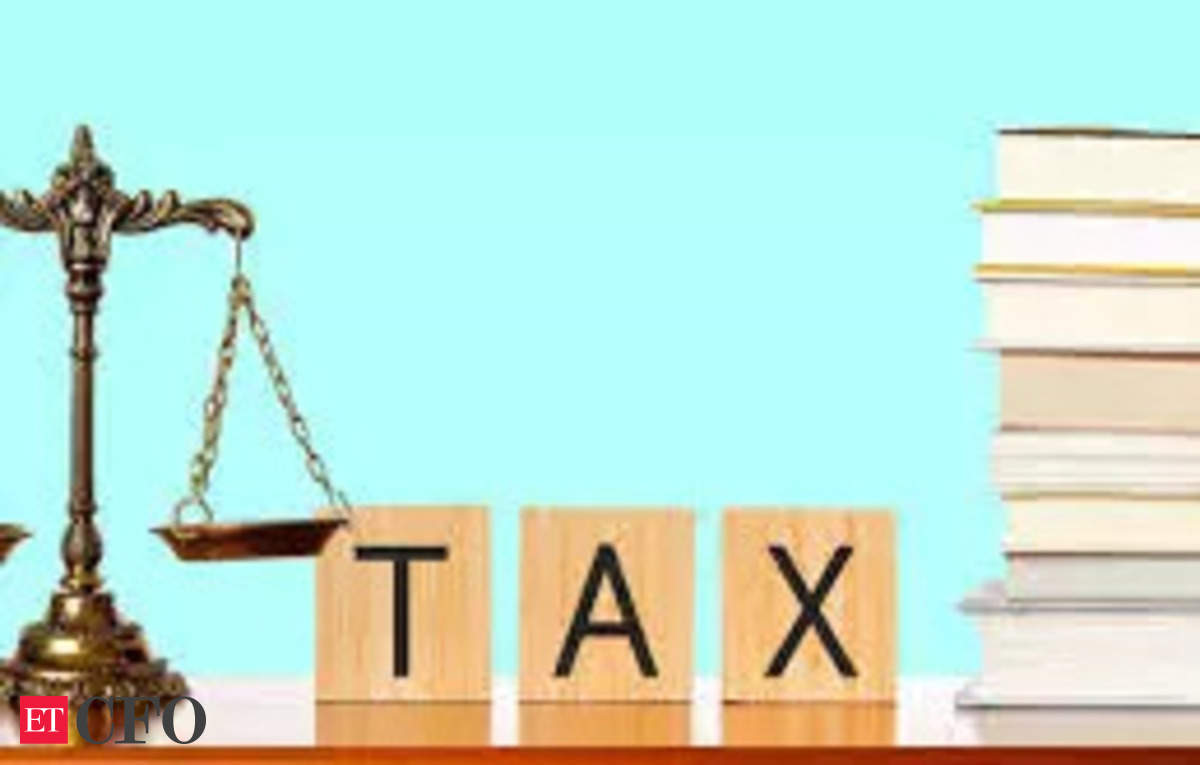The Union Budget 2024, presented on July 23, 2024, by Finance Minister Nirmala Sitharaman, brought forth several significant changes aimed at simplifying and rationalizing India’s tax structure. Among these is the introduction of the Direct Tax Vivad se Vishwas Scheme, 2024. This scheme is designed to reduce litigation and provide a mechanism for the settlement of disputed tax issues.
Background and Need for the Scheme
The Income-tax Act, 1961, allows taxpayers and the Department to file appeals against orders passed under the Act’s proceedings. These appeals can be made to various appellate authorities, such as the Joint Commissioner of Income-tax (Appeals), Commissioner of Income-tax (Appeals), Income-Tax Appellate Tribunal, High Courts, and the Supreme Court. The Central Board of Direct Taxes (CBDT) has consistently aimed to expedite the disposal of appeals by these authorities.
In 2020, the government launched the Direct Tax Vivaad Se Vishwas Act to address the growing pendency of appeals. This initiative received a positive response from taxpayers and generated substantial revenue for the government. However, the number of appeals continued to rise, outpacing the rate of disposals.
Recognizing this challenge, the government has introduced the Direct Tax Vivad se Vishwas Scheme, 2024. This new scheme aims to reduce litigation and provide a cost-effective resolution for disputed tax issues.
Key Features of the Direct Tax Vivad se Vishwas Scheme, 2024
The Direct Tax Vivad se Vishwas Scheme, 2024, includes several critical features designed to streamline the resolution of tax disputes:
- Implementation Date:
- The scheme will come into force on a date notified by the Central Government. The last date for availing of the scheme will also be specified through a notification.
- Definitions:
- Appellant: A person with an appeal, writ petition, or special leave petition pending before an appellate forum as of the specified date (July 22, 2024). This includes those who have filed objections before the Dispute Resolution Panel or applications for revision under section 264 of the Income-tax Act.
- Appellate Forum: The Supreme Court, High Court, Income Tax Appellate Tribunal, Commissioner (Appeals), or Joint Commissioner (Appeals).
- Declarant: A person who files a declaration under section 91.
- Disputed Tax: The amount of income-tax (including surcharge and cess) payable by the appellant if the appeal or petition is decided against them.
- Specified Date: July 22, 2024.
- Tax Arrear: Includes the aggregate amount of disputed tax, interest, penalty, and fee.
- Settlement Mechanism:
- Taxpayers can settle their disputes by filing a declaration under section 91.
- The designated authority, an officer not below the rank of Commissioner of Income-tax, will oversee the process.
- The scheme provides an option for taxpayers to include or exclude certain disputed amounts, such as tax credits, losses, or depreciation, from the settlement.
- Filing of Declaration and Amount Payable:
- Declarants must file a declaration with the designated authority by the specified last date.
- The amount payable under the scheme varies based on the nature of the tax arrear and the timing of the declaration:
- Disputed Tax (Post-January 31, 2020):
- By December 31, 2024: Amount of disputed tax.
- After January 1, 2025: Disputed tax plus 10%.
- Disputed Tax (Pre-January 31, 2020):
- By December 31, 2024: Disputed tax plus 10%.
- After January 1, 2025: Disputed tax plus 20%.
- Disputed Interest/Penalty/Fee (Post-January 31, 2020):
- By December 31, 2024: 25% of disputed amount.
- After January 1, 2025: 30% of disputed amount.
- Disputed Interest/Penalty/Fee (Pre-January 31, 2020):
- By December 31, 2024: 30% of disputed amount.
- After January 1, 2025: 35% of disputed amount.
- Disputed Tax (Post-January 31, 2020):
- Special Provisions:
- If the income-tax authority has filed an appeal on a disputed issue, the payable amount is halved.
- If the appellant has a favorable decision from the ITAT or High Court, the payable amount is also halved.
- Declaration and Withdrawal of Appeals:
- Upon filing the declaration, any pending appeals before the ITAT, Commissioner (Appeals), or Joint Commissioner (Appeals) are deemed withdrawn.
- Declarants must withdraw any appeals or writ petitions filed before the High Court or Supreme Court after receiving the settlement certificate.
- Declarants must waive their right to seek any other remedies for the tax arrear under any other law.
- Consequences of False Declaration:
- If any particulars in the declaration are found false, the scheme’s benefits will be revoked, and the original proceedings will be revived.
- Prohibition of Further Proceedings:
- Appellate forums cannot proceed with any issue covered by the declaration and the settlement certificate.
- Time and Manner of Payment:
- The designated authority will determine the amount payable by the declarant within 15 days of receiving the declaration and issue a certificate detailing the tax arrear and payable amount.
- The declarant must pay the determined amount within 15 days of receiving the certificate and notify the designated authority of the payment.
- The order determining the amount payable is conclusive and cannot be reopened in any other proceedings.
- Making a declaration does not imply conceding the tax position.
- Immunity from Penalties and Prosecution:
- The designated authority will not initiate any proceedings for offenses, impose penalties, or charge interest in respect of the tax arrear once the amount is paid.
- Refund and No Additional Benefits:
- Any amount paid under the declaration is non-refundable. If the paid amount exceeds the payable amount, the excess is refundable without interest.
- The scheme does not confer any additional benefits or immunities beyond those explicitly provided.
- Exclusions:
- The scheme does not apply to tax arrears related to assessments based on searches, undisclosed income/assets outside India, or cases involving prosecution or detention under specified laws.
- It also excludes persons involved in certain offenses or under detention orders related to smuggling, foreign exchange violations, and other serious crimes.
- Power of the Board to Issue Directions:
- The Central Board of Direct Taxes (CBDT) has the authority to issue directions or orders to income-tax authorities as deemed fit, but cannot direct any designated authority to dispose of a particular case in a specific manner.
- The CBDT can issue general or special orders, including guidelines, principles, or procedures to be followed by authorities. It can also relax provisions of the scheme if necessary in the public interest.
- Power to Remove Difficulties:
- The Central Government can issue orders to remove difficulties in implementing the scheme, provided such orders are not inconsistent with the scheme’s provisions. This power is valid for two years from the scheme’s commencement.
- All such orders must be laid before each House of Parliament.
- Power to Make Rules:
- The Central Government can make rules for carrying out the scheme’s provisions through notifications in the Official Gazette.
- Rules can cover various matters, including the determination of disputed tax, calculation of amounts payable, forms for declarations, and other necessary provisions.
- Every rule made must be laid before each House of Parliament for a total of thirty days, and any modifications or annulments by Parliament will take effect accordingly.
The Direct Tax Vivad se Vishwas Scheme, 2024, represents a significant step towards reducing tax litigation and simplifying the tax dispute resolution process. By offering a structured mechanism for settling tax arrears, the scheme aims to enhance compliance, reduce the burden on appellate forums, and ultimately, increase revenue collection. The comprehensive features of the scheme, coupled with the powers granted to the CBDT and the Central Government to issue directions and make rules, ensure that the scheme is both robust and flexible, capable of addressing the diverse needs of taxpayers and the tax administration alike.
Visit www.cagurujiclasses.com for practical courses
